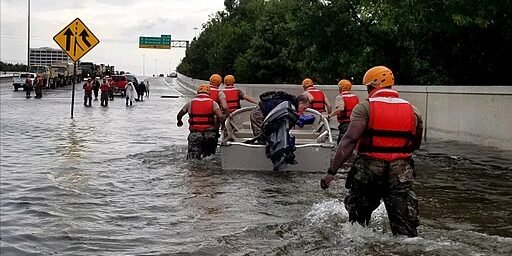As disasters strike – all too often, it seems – we often see churches, synagogues and mosques in the news. They may be shelters or food distribution centers or coordinators of volunteers or places to comfort and grieve. As the most ubiquitous form of voluntary organization in the U.S., congregations are present in every community, and never moreso than when the local world gets turned upside down.
A couple of decades of research has explored the many ways congregations of all sorts are involved in their local communities. You can find references to a rich array of those sources in our research database. Try checking “civic engagement” and/or “social service and activism” to do a focused search of published sources. That research may help you think about the factors that affect how and why congregations are involved (or not).
My own research taught me that congregations are critical “nodes” in the network of support that is present in communities day in and day out. Not every congregation is able to do everything. And different congregations feel drawn to different ways of being present. But taken together, they paint a busy picture. More important even than the sum total of activities, though, is the network of communication that mobilizes energy and links resources. One congregation may only be able to take up a small special offering. Another may have space that can be used during the week. Another may have people who can volunteer time. And another can organize a food or clothing drive. To make it work, they need partners. It’s making the connections among those congregational resources along with the larger network of nonprofit and governmental services that makes the system work.
What that suggests is that it’s a good idea to know your local community well and to know your own resources. You can use our Toolkit to learn how to take a walking tour of your neighborhood. You can use Visual Methods to add pictures to your work. You might also want to take a new look at the Resources you have. Use our “frame” to see them in new ways.
You don’t have to wait for disaster to strike. Assessing your own strengths and making vital connections are essential everyday – and they are even more essential when communities’ needs are the greatest.

